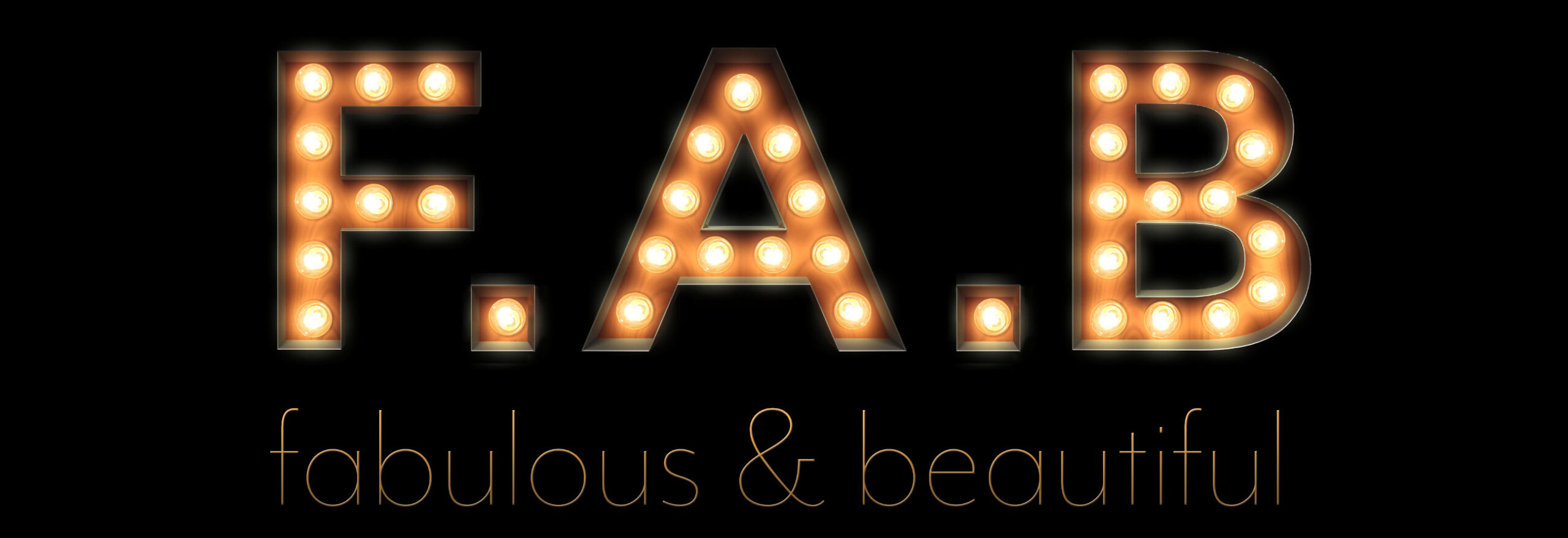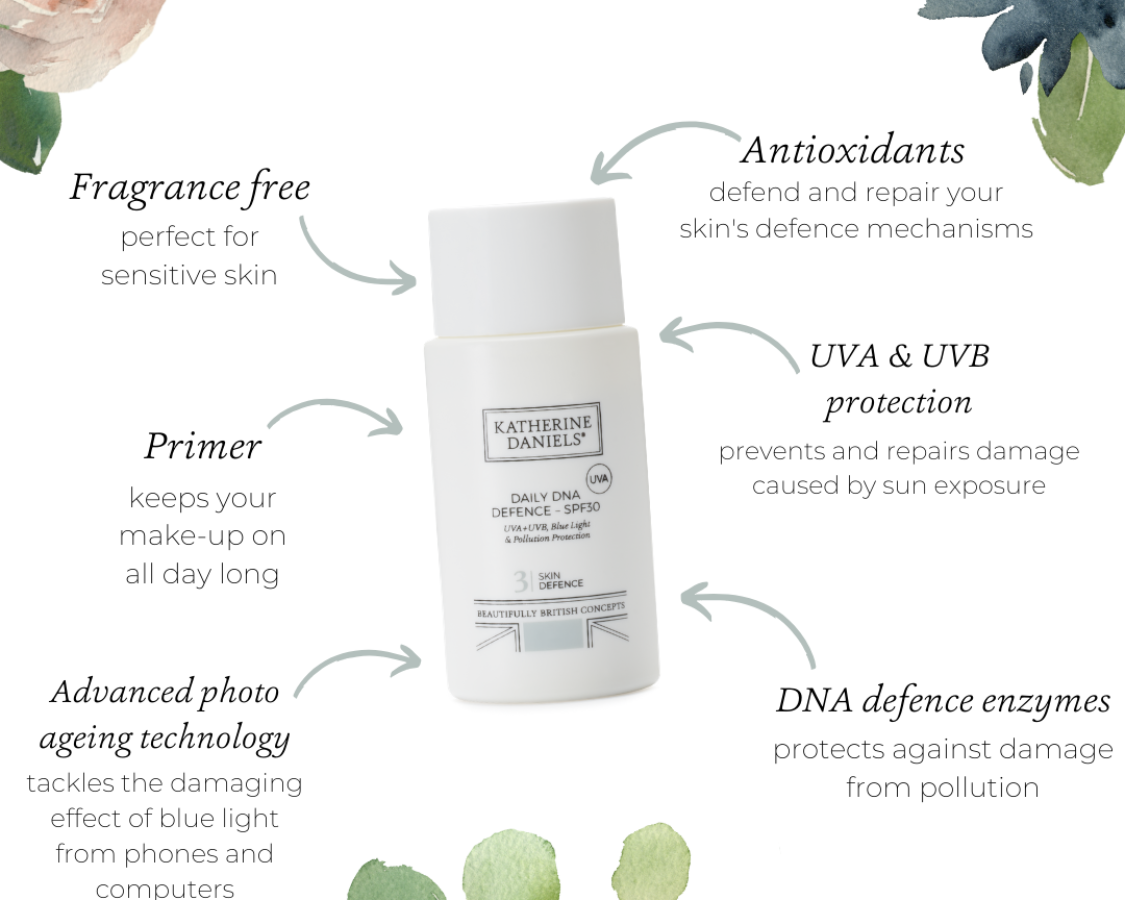Hello, sunshine lovers, Lindsay here. We all know wearing sunscreen reduces the risk of skin cancers and is your best ally against the signs of ageing, but it can be confusing choosing the right one for you and your family.
So, grab your favourite sun hat, and let’s dive deep into the SPF, UVA and UVB of it all.
UVA and UVB
Both UVA and UVB rays can harm your skin.
UVB rays are the main culprit behind sunburn, while UVA rays penetrate deeply, causing premature ageing and some skin cancers. Together, they’re a duo we need to avoid.
A simple way to remember is:
UVA = Ageing
UVB = Burning
SPF explained
SPF stands for Sun Protection Factor. It measures how well a sunscreen protects against UVB rays – those are the ones that cause sunburn and contribute to skin cancer.
For most people, we recommend an SPF of at least 30. Higher SPF numbers mean more protection, but don’t let those numbers fool you. SPF 30 blocks about 97% of UVB rays, while SPF 50 blocks about 98%. Remember, no sunscreen can block 100% of UV rays.
The star rating system
SPF refers to UVB protection only. In addition to the SPF you need to check the star rating on your sunscreen.
This star rating tells you how good the sunscreen is at protecting against UVA rays. Ideally look for 5 stars. 3 or less, then choose another product.
Broad-spectrum protection
Always opt for a broad-spectrum sunscreen like Guinot Hydrazone Sun Mist SPF30, which protects against both UVA and UVB rays. And wear it every day of the year – sunscreen is necessary even on cloudy days, as up to 80% of UVA rays can pass through clouds and glass.
Chemical vs. Physical sunscreen
Did you know sunscreens come in two main types: chemical and physical.
Chemical sunscreens soak up the sun’s rays like a sponge, while physical (or mineral) ones act like a mirror, reflecting UV rays away from your skin.
Lindsay’s top tip: For children or those with sensitive skin, mineral-based sunscreens, with ingredients like zinc oxide or titanium dioxide are often less irritating.
Choosing the right sunscreen
There’s a sunscreen for every skin type. For oily skin, look for “non-comedogenic” on the label to prevent clogged pores. Dry skin? Try Guinot Longue Vie Sun Cream SPF 50 which helps stimulate cell regeneration, soothes and moisturises as it protects.
Tinted sunscreens are great multi-taskers, offering protection while evening out your skin tone. Katherine Daniels Pure Pigment drops mixed with DNA Defence SPF30 allows you to adjust the colour and coverage of your make up. Do ask us for the best one for your skin tone and type.
“Planning a swim or a sweat? Water-resistant sunscreens are your best bet. But remember, “water-resistant” doesn’t mean “waterproof.” Reapply every two hours, and immediately after a dip or an exercise session.”
Application tips for maximum protection
Apply a generous amount of sunscreen to all exposed skin 30 minutes before going outdoors – about a shot glass full for the body.
And remember to reapply every two hours, or immediately after swimming or sweating – even if you’re using a high-SPF or water-resistant product. A spray sunscreen like Guinot Hydrazone Sun Mist is brilliant for topping up when you’re out and about.
Remember your ears, tops of feet, back of the neck and your scalp need sunscreen love too. “And don’t forget the lips – a lip balm with SPF is a must.
And a word of caution. Even if your foundation contains an SPF don’t rely on it for protection as you’re unlikely to apply it thickly enough. Apply your usual sunscreen, then your foundation. Depending on how much coverage you want, a tinted SPF could replace your foundation altogether.
Let’s chat suncare
Feeling overwhelmed by choices or not sure where to start? Come in and chat with me, or book a free sun and skin care consultation.
We’re here to help you select the right sun protection for you and your family.
Stay sun-safe and fabulous… ☀️


Leave a Reply